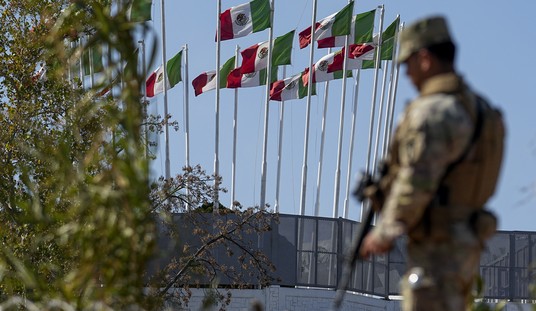The dollar continued to gain ground on the euro but that wasn’t enough to derail the upward march of commodities prices.
Gold was up $6.34 to $1,774.72 and silver up a dime to $34.76, for a silver/gold ratio of 51. Gold and silver were joined higher by crude oil, platinum, crude oil, palladium, and copper.
What’s interesting, and frequently goes unnoticed in discussions of gold investing, is why gold tends to track with commodities at all. Gold meets the definition of a commodity in that it’s a metal and there’s a finite amount of it in the ground, but it has few industrial uses. Yet, there is gold, tracking up and down with other more industrially useful commodities like copper and crude oil.
In talking about gold as a commodity, I’m specifically exempting the jewelry industry, which I do not count as an “industrial” use. I consider gold jewelry another mechanism for holding gold, albeit an inefficient one. If you don’t believe me, take a look at Portugal, Spain and Greece where what’s left of the middle class has been scrimping by through record unemployment by gradually selling off their gold jewelry.
Gold demand then is not being driven by its intrinsic value as an industrial metal; it’s something else. That other value is gold’s unique position in the world as a secondary type of currency; some would argue gold is the only true “money” left. The “industrial” demand for gold comes from central banks, called the “official sector” in industry parlance.
That’s significant because between 1967 and 2007, central banks were unloading their gold reserves. Why keep them? The old post-WWII Brenton Woods system, which depended on a gold standard, collapsed in the 60s. Central banks no longer needed to keep large gold reserves and sold off their holdings.
Recommended
But now central banks are coming back and starting to hold more of their reserves in gold, which I’d argue is out of necessity. For decades countries could count on the dollar as a reserve currency, but that started to change in the late 90s. Today the dollar is subject to the same kind of central bank manipulation as any other currency. Before you start throwing darts at pictures of Ben Bernanke, understand the Federal Reserve either has to play the currency dilution game or risk losing jobs overseas. For decades the rest of the world took advantage of the U.S. and fiddled with their currency in order to get our manufacturing jobs and, until recently, it worked.
With central banks returning to gold it sends the signal that world needs a money benchmark and the dollar is no longer able to fill that role. That’s going to have a very significant impact on prices until we see central banks unloading gold.






















Join the conversation as a VIP Member